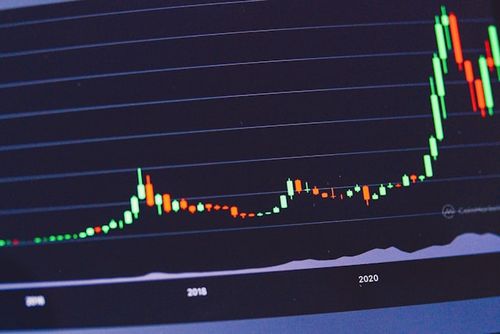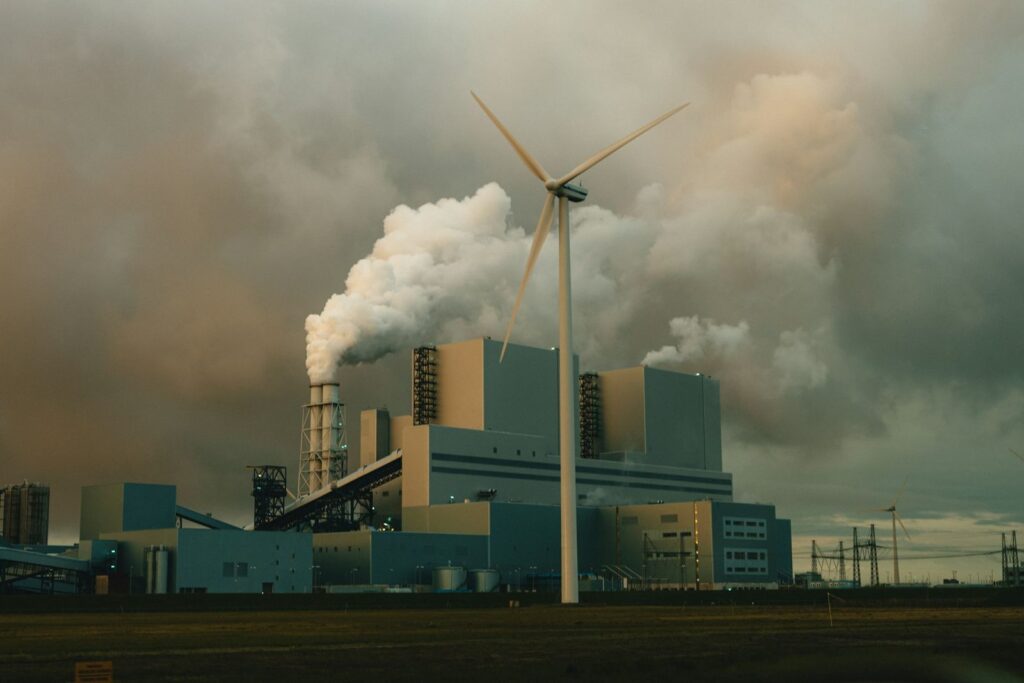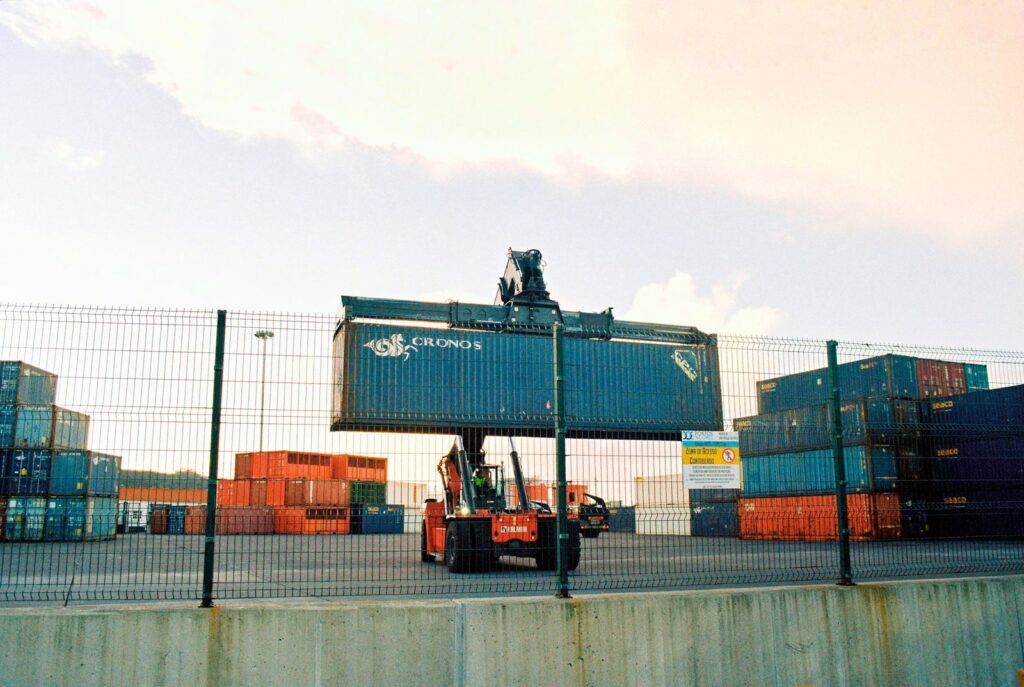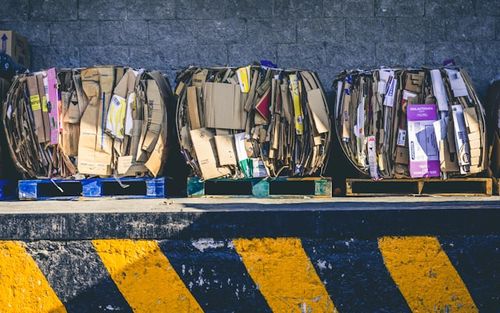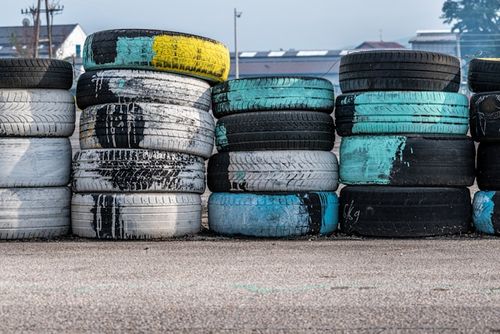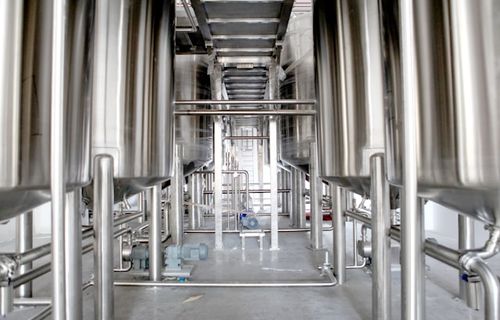Associate Professor Dr. Nguyen Minh Ngoc (Director of the Green Materials Research and Application Center, GTS InnoLab Co., Ltd.) and his team at the Vietnam Petroleum Institute and Vietnam Petroleum University have conducted research on the heat exchange process in a rotary reactor with shredded tire rubber. Their work aims to develop an efficient pyrolysis…
Category Archives: News
Tires are essential for modern transport, yet their ecological impact is frequently overlooked. The traditional methods for tire disposal, namely incineration and landfilling, carry adverse environmental effects. Tire pyrolysis, an innovative recycling technology, presents a practical remedy to this challenge, fostering profitability and sustainability. By transforming end-of-life tires into valuable byproducts, tire pyrolysis lessens waste,…
Tires are crucial to transportation but are often disregarded in sustainability discussions. Their global prevalence results in considerable environmental repercussions. Conventional disposal methods like landfilling and incineration are harmful, exacerbating pollution and emissions. Tire pyrolysis presents a viable alternative to this dilemma. This process converts used tires into valuable materials, decreasing CO2 emissions and lessening…
Pyrolysis is an emerging technology for tackling the global plastic waste crisis by converting waste into fuels and valuable products through heating in an oxygen-free environment. While it offers significant waste reduction potential, challenges include high energy consumption, harmful emissions, and regulatory scrutiny regarding its classification as recycling. Responsible implementation is essential for effective pollution…
Tire recycling is crucial for a circular economy, converting waste tires into valuable materials. This process curtails waste, mitigates pollution, and preserves resources. Innovative technologies, like pyrolysis, improve recycling efficacy. Furthermore, tire recycling stimulates economic development by generating employment and supporting sustainable practices, underscoring its importance in achieving environmental sustainability and resource recovery. Introduction: Recycle…
Pyrolysis converts waste into biochar, pyrolysis oil, and syngas, offering sustainable solutions for green logistics and supply chains. It produces renewable fuels for transportation, powers logistics facilities, enhances soil quality, and supports biodegradable packaging. By integrating pyrolysis products, companies reduce carbon emissions, minimize waste, and promote efficient, circular economy models, advancing their sustainability goals. Introduction…
Waste-to-value technologies are transforming waste into resources like biogas, recycled plastics, biofuels, and valuable metals. Key trends include biogas from organic waste, pyrolysis for plastic recycling, hydrothermal carbonization, algae-based biofuels, textile recycling, and e-waste recovery. These innovations support the circular economy, reduce environmental impact, and create economic opportunities, driving a sustainable future. Introduction As the…
Pyrolysis helps companies meet ESG goals by converting waste into valuable resources, reducing greenhouse gas emissions, and generating renewable energy. It supports a circular economy, creates jobs, improves public health, and enhances regulatory compliance. Companies adopting pyrolysis demonstrate environmental responsibility, social impact, and transparent governance, aligning their operations with sustainability and community development objectives. Introduction…
Pyrolysis converts waste tires into valuable products like oil, carbon black, and syngas, supporting profitable and sustainable waste management. By selling these byproducts, industries generate new revenue streams while reducing disposal and energy costs. Pyrolysis also offers tax incentives and long-term investment opportunities, making it a financially attractive solution for eco-conscious companies. Introduction Waste management…
Pyrolysis technology, which thermally decomposes organic materials without oxygen, is emerging as a sustainable solution for waste management and renewable energy. However, scaling this technology poses challenges, including high initial costs, inconsistent feedstock supply and quality, complex regulatory landscapes, technological limitations, market competition, and the need for public acceptance. Addressing these challenges is crucial for…


